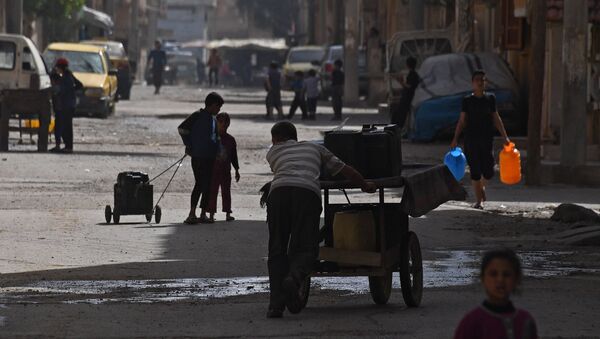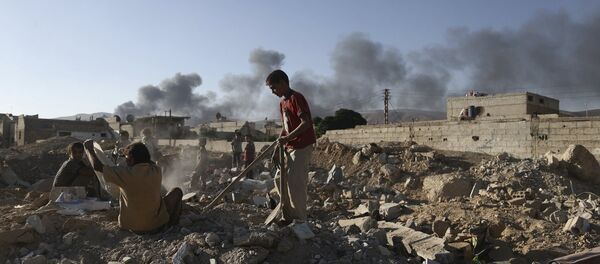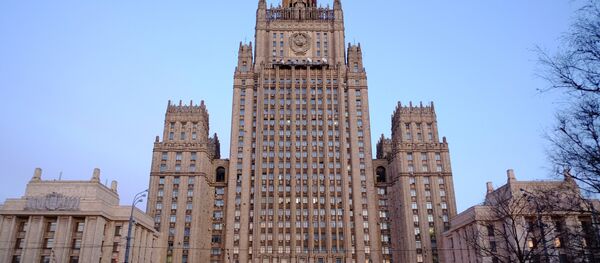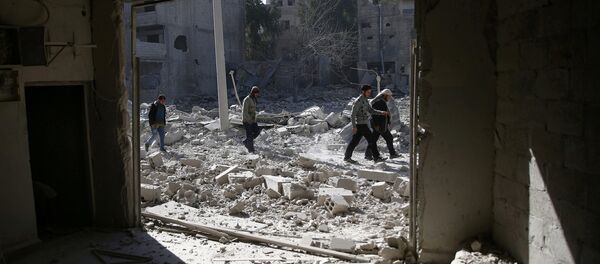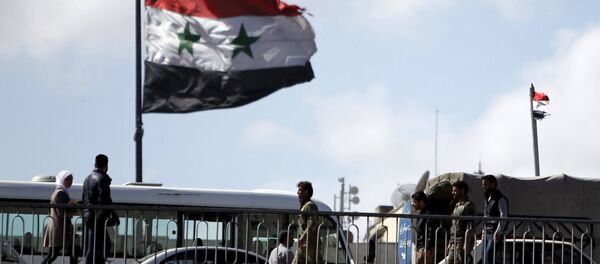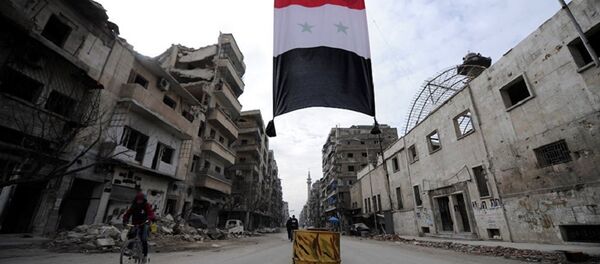By May 22, Russia, Turkey, and Iran, the guarantors of the initiative, who authorized the memo creating the safe zones during Syria talks in Kazakhstan's capital, Astana on May 4, have to complete the final geographic division of the four areas.
According to the memorandum, the preparation of the maps of the de-escalation areas and security zones should be completed by June 4, 2017. By the same date, the Guarantors should separate the armed opposition groups from the terrorist groups DAESH/ISIL/Islamic State, al-Nusra Front and all other individuals, groups, undertakings and entities associated with Al-Qaeda or DAESH/ISIL//Islamic State.
The zones are located in the Idlib Governorate and parts of neighboring Latakia, Aleppo and Hama provinces; in the northern part of Homs province; in the Damascus neighborhood of Eastern Ghouta, and in parts of southern Deraa and Quneitra provinces bordering Jordan.
Thus, by May 22, the working group of the representatives of the guarantor states has to define the areas within the above safe zones which are still under control of terrorists and exclude them from the ceasefire agreement. So far, it is only known for certain that Eastern Ghouta municipalityof Qaboun, in the neighborhood of Damascus, which is still controlled by al-Nusra and from where they are shelling on the dwelling areas of Damascus, will be excluded from this safe zone.
The Plan of Russia, Turkey and Iran
Checkpoints and observation posts are to be positioned along the de-escalation lines within the safe zones, according to the document. They will provide free movement of unarmed civilians and humanitarian access to the areas, under guarantor states’ control.
Russian delegation head at Astana talks and Special Presidential Representative for Syria Alexander Lavrentyev said that Russia was ready to send its observers to the safe zones in Syria and did not rule out other countries taking part in monitoring de-escalation.
Chief of the Russian General Staff's Main Operational Directorate Col. Gen. Sergei Rudskoy said that the work of checkpoints and observation posts will be under control of Russia, Turkey and Iran. Under mutual agreement of the three countries, they can draw in units of other countries.
The memorandum stated that the creation of the de-escalation areas and security zones is a temporary measure, the duration of which will initially be 6 months and will be automatically extended on the basis of consensus of the Guarantors.
The "foremost" aim of the de-escalation or safe zones is to protect peaceful civilians, but Assad said they also provide armed militants with an opening "to enter into a truce with the government."
"This is a chance for a person with weapons in hand to pause to think. In other words, if they lay down arms, amnesty would follow," the Syrian president said in an interview with Belarusian ONT television aired on Thursday.
Turkey's Earlier Initiative
It should be noted however that the idea of the safe zones in Syria is not new. It was earlier voiced by Turkish President Recep Tayyip Erdogan. However Ankara's major task initially was not the settlement of the Syrian conflict but rather enduring of its own security and the setup of control over the border territories.
With this very purpose it launched its Operation Euphrates Shield in August 2016, planning to squeeze Kurdish units out of northern Syrian territories. This task however has been fulfilled only partially.
Trump's Ideas
The Turkish government had long pressed Obama, without success, for creation of a no-fly zone in Syria on its border with Turkey.
US military officials had long warned that the creation of no-fly zones inside Syria would require a large number of additional resources beyond the fight against Islamic State (Daesh).
On the campaign trail, Trump gave no details as to how he might go about creating such havens, except to say that he would ask Gulf states to help pay.
In February, the US leader reiterated that the Gulf States should pay for these safe zones.
Will the Americans, Israelis and Saudis Join In?
Hence the main difference of the document signed by Russia, Iran and Turkey in Astana is that it is aimed at a complex settlement of the situation in Syria. While Washington's effort was aimed at tacking only one problem — the refugee influx into Europe and the US.
The US is now studying the terms of the memorandum. US Secretary of Defense James Mattis has recently questioned the Russian-sponsored plan saying that it "poses many unanswered questions, including whether it would be effective."
"The devil is always in the details, right? So we have to look at the details, see if we can work them out, see if we think they're going to be effective," the Pentagon head told journalists on Monday.
Israel seems to have a similar position on the issue. Recently Saudi-owned broadcaster Al Arabiya reported that the Israeli authorities informed Moscow that Israel will strike on Syrian territory "in case of necessity."
It cited its Israeli sources as saying that "attack will be done when attempts to transfer weapons to the Lebanese paramilitary group Hezbollah, or if Iran and Hezbollah to create a new front in the Syrian part of the Golan Heights."
The Saudi authorities however have fully supported the document signed in Astana. They probably did not like Trump's idea to pay for the safe zones in Syria and rushed to support the alternative project.

